In the world of digital photography, Canon’s EOS R5 and the newly released EOS R5 Mark II stand out as flagship mirrorless cameras. Both models are designed to meet the needs of professional photographers and videographers, but they come with different features and improvements. We provide a detailed comparison between the Canon EOS R5 and the EOS R5 Mark II to help you determine which one suits your needs better.
Sensor and Processor
Canon EOS R5
- Sensor: The Canon EOS R5 features a full-frame CMOS sensor. This sensor is engineered to deliver high resolution and excellent low-light performance, making it suitable for a wide range of photography needs.
- Processor: It is equipped with the DIGIC X processor, Canon’s latest image processing technology, which provides faster image processing speeds and superior noise control.
Canon EOS R5 Mark II
- Sensor: The EOS R5 Mark II continues with the full-frame CMOS sensor but includes several enhancements aimed at improving dynamic range and low-light performance. These upgrades contribute to capturing more detailed and accurate images.
- Processor: It also uses the DIGIC X processor, but with further optimizations that enhance processing efficiency and speed, offering even better performance compared to the R5.
Analysis: While both cameras feature the DIGIC X processor, the EOS R5 Mark II’s sensor improvements likely lead to better image quality and enhanced low-light capabilities.
ISO Range
Canon EOS R5
- ISO Range: The EOS R5 has a standard ISO range of 100-51,200, which can be expanded to 50-102,400. This broad range allows it to perform well in various lighting conditions, producing clear images even in low light.
Canon EOS R5 Mark II
- ISO Range: The EOS R5 Mark II maintains a similar ISO range of 100-51,200 and extended 50-102,400. However, the improvements in the sensor and processor might result in better noise control and image quality at higher ISO settings.
Analysis: Although both cameras have similar ISO ranges, the enhanced sensor and processing capabilities of the EOS R5 Mark II might offer better performance in high ISO scenarios.
Pixel Shift Multi Shooting
Canon EOS R5
- Pixel Shift Multi Shooting: The EOS R5 supports Pixel Shift Multi Shooting, a feature that allows the sensor to shift slightly between multiple exposures to capture high-resolution images with improved detail. This is particularly useful for applications requiring extreme detail.
Canon EOS R5 Mark II
- Pixel Shift Multi Shooting: The EOS R5 Mark II also supports Pixel Shift Multi Shooting but with enhancements that increase shooting speed and accuracy. This results in quicker and more precise high-resolution captures.
Analysis: The EOS R5 Mark II’s advancements in Pixel Shift Multi Shooting offer superior resolution and processing speed, making it ideal for professional users needing the utmost detail in their images.
Video Recording
Canon EOS R5
- Video Recording: The EOS R5 can record 8K video at 30p and 4K video at 120p. It supports 10-bit 4:2:2 internal recording and features full pixel readout, providing high-resolution and color-depth video.
Canon EOS R5 Mark II
- Video Recording: The EOS R5 Mark II also supports 8K 30p and 4K 120p recording, but with improved encoding and better heat dissipation. These enhancements allow for longer 8K recording times without overheating issues.
Analysis: The EOS R5 Mark II’s upgrades in video recording offer improved heat management and extended 8K recording capabilities, making it a better choice for long-duration, high-quality video projects.
Shutter Speed
Canon EOS R5
- Shutter Speed: The EOS R5 offers a maximum mechanical shutter speed of 1/8,000 second and an electronic shutter speed of up to 1/20,000 second. This wide range allows for capturing sharp images of fast-moving subjects.
Canon EOS R5 Mark II
- Shutter Speed: The EOS R5 Mark II retains similar shutter speed capabilities but with enhancements in electronic shutter performance. These improvements offer greater stability and precision, especially during high-speed shooting.
Analysis: Although both cameras have comparable shutter speeds, the EOS R5 Mark II’s improved electronic shutter performance enhances stability and precision in high-speed scenarios.
Continuous Shooting
Canon EOS R5
- Continuous Shooting: The EOS R5 supports continuous shooting at up to 20 frames per second (fps) with the electronic shutter and 12 fps with the mechanical shutter, making it suitable for capturing fast-moving subjects.
Canon EOS R5 Mark II
- Continuous Shooting: The EOS R5 Mark II offers similar continuous shooting speeds but with better stability and buffer capacity improvements. This allows for extended continuous shooting with higher speeds and less buffering.
- Analysis: The EOS R5 Mark II’s advancements in continuous shooting performance make it more suitable for scenarios requiring extended bursts of high-speed photography.
Autofocus
Canon EOS R5
- Autofocus: The EOS R5 features Dual Pixel CMOS AF II with 1,053 focus points. It includes real-time eye detection for humans and animals, providing accurate and reliable autofocus performance in various shooting conditions.
Canon EOS R5 Mark II
- Autofocus: The EOS R5 Mark II continues with the Dual Pixel CMOS AF II system but with improved algorithms and focus point distribution. These enhancements result in faster and more accurate autofocus, especially in low-light situations.
Analysis: The EOS R5 Mark II’s optimized autofocus system provides better performance, particularly in challenging lighting conditions, making it ideal for precise and dynamic photography.
Build and Design
Canon EOS R5
- Build and Design: The EOS R5 features a robust magnesium alloy body with weather-sealed construction. It combines durability with relatively compact dimensions, suitable for professional use in various environments.
Canon EOS R5 Mark II
- Build and Design: The EOS R5 Mark II retains a similar rugged design but with improvements in ergonomics and handling. These changes enhance comfort during prolonged use and add to the camera’s durability.
Analysis: While the design of both cameras is similar, the EOS R5 Mark II’s enhancements in ergonomics and durability improve the overall user experience, especially for long-term use.
Weather Sealing
Canon EOS R5
- Weather Sealing: The EOS R5 offers high weather resistance with dust and moisture protection, allowing it to operate effectively in various environmental conditions.
Canon EOS R5 Mark II
- Weather Sealing: The EOS R5 Mark II improves on weather sealing, offering even better protection against harsh conditions. This makes it more reliable for shooting in extreme environments.
Analysis: The EOS R5 Mark II’s enhanced weather sealing provides better protection, making it suitable for photographers who work in challenging conditions.
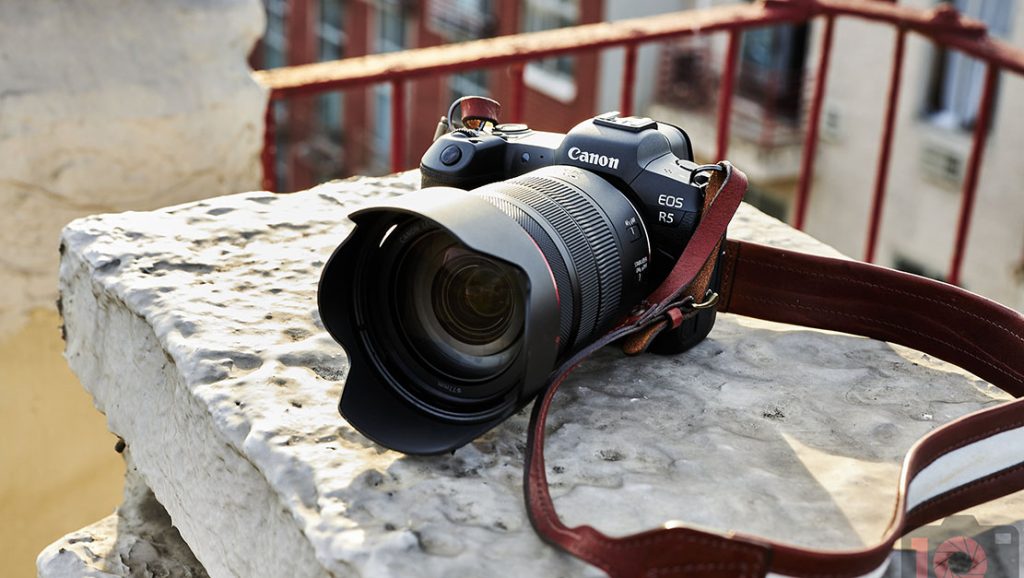
Viewfinder
Canon EOS R5
- Viewfinder: The EOS R5 is equipped with a 5.76-million-dot OLED electronic viewfinder, providing high-resolution live image display with a 120Hz refresh rate.
Canon EOS R5 Mark II
- Viewfinder: The EOS R5 Mark II features a similar high-resolution OLED electronic viewfinder but with optimized refresh rates and reduced display lag, resulting in a smoother viewing experience.
Analysis: The viewfinder improvements in the EOS R5 Mark II offer a more fluid and responsive viewing experience, enhancing real-time feedback during shooting.
LCD Screen
Canon EOS R5
- LCD Screen: The EOS R5 has a 3.2-inch, 2.1-million-dot touch screen with a vari-angle design, making it versatile for various shooting angles and selfie-style photography.
Canon EOS R5 Mark II
- LCD Screen: The EOS R5 Mark II retains the 3.2-inch touch screen but with enhancements in display brightness and touch responsiveness, providing a clearer and more responsive interface.
Analysis: The EOS R5 Mark II’s improved LCD screen offers better visibility and touch sensitivity, contributing to a more user-friendly experience.
Memory Cards
Canon EOS R5
- Memory Cards: The EOS R5 features dual card slots, supporting CFexpress cards and SD UHS-II cards. This setup offers flexibility in data storage and backup.
Canon EOS R5 Mark II
- Memory Cards: The EOS R5 Mark II also includes dual card slots but with improvements in the performance of CFexpress and SD cards. These enhancements support faster data transfer rates, accommodating higher storage needs.
Analysis: While both cameras offer dual card slots, the EOS R5 Mark II’s improved card performance supports faster data handling, beneficial for high-volume shooting.
Battery Life
Canon EOS R5
- Battery Life: The EOS R5 uses the LP-E6NH battery, offering an approximate battery life of 320 shots under standard shooting conditions.
Canon EOS R5 Mark II
- Battery Life: The EOS R5 Mark II also uses the LP-E6NH battery but with extended battery life, capable of approximately 350 shots under similar conditions. Improved battery management contributes to longer shooting sessions.
Analysis: The extended battery life of the EOS R5 Mark II allows for longer periods of shooting, making it more suitable for extended photo sessions and fieldwork.
Price
Canon EOS R5
- Price: The Canon EOS R5 is typically priced around $3,899 (approximately ¥25,000 RMB), reflecting its high-end specifications and capabilities.
Canon EOS R5 Mark II
- Price: The EOS R5 Mark II, released at $4,499 (approximately ¥29,000 RMB), comes with a higher price tag due to its enhanced featuresand improvements.
- Analysis: Although the EOS R5 Mark II is more expensive, its advanced features and enhancements may justify the additional cost for users requiring the latest technology and performance.
Release Date
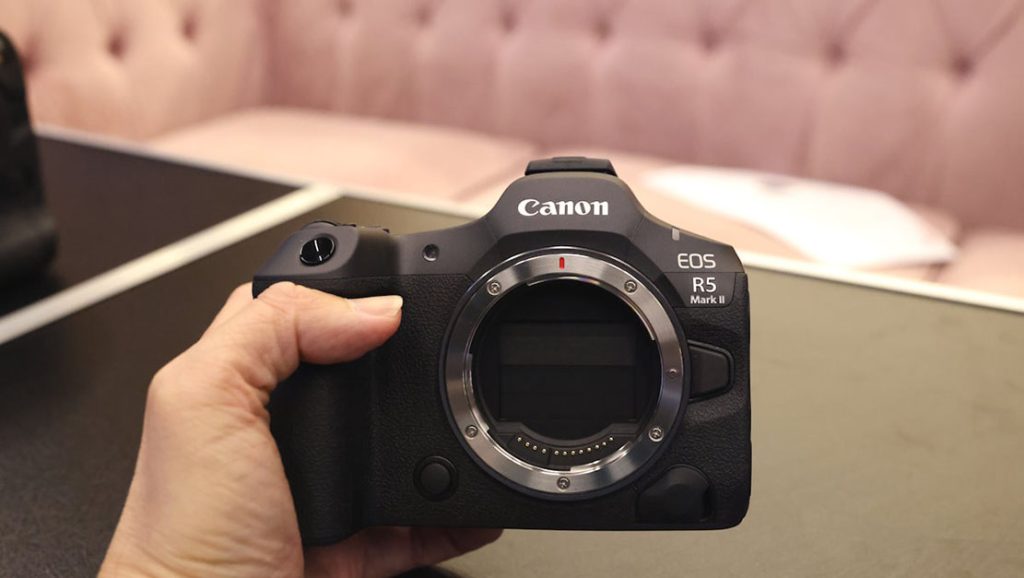
Canon EOS R5
- Release Date: The Canon EOS R5 was launched in July 2020, quickly establishing itself as a prominent flagship mirrorless camera in the market.
Canon EOS R5 Mark II
- Release Date: The Canon EOS R5 Mark II was introduced in September 2023, marking a significant update with new technology and improved functionalities.
Analysis: The release of the EOS R5 Mark II represents a significant advancement in Canon’s mirrorless camera lineup, offering new features and improvements for professional users.
When choosing between the Canon EOS R5 and the Canon EOS R5 Mark II, the decision primarily hinges on your budget, the need for new features, and specific shooting requirements. The EOS R5 Mark II brings advancements in sensor performance, processing power, video recording, autofocus, and more, making it an excellent choice for those seeking the latest technology and highest performance. However, the EOS R5 remains a highly capable and versatile camera, offering outstanding performance that meets the needs of most professional photographers and videographers.
We hope this detailed comparison helps you make an informed decision and choose the Canon camera that best suits your photography and videography needs, enhancing your creative work and shooting experience.
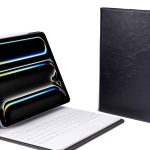

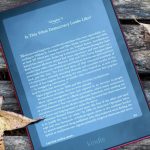


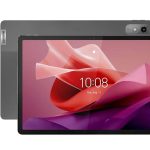

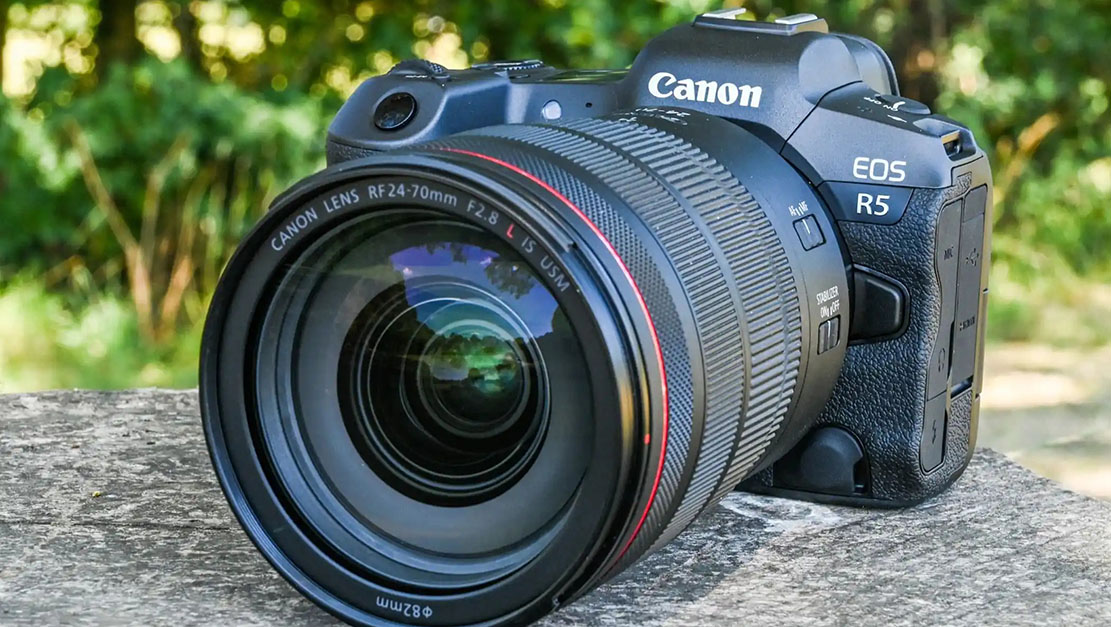
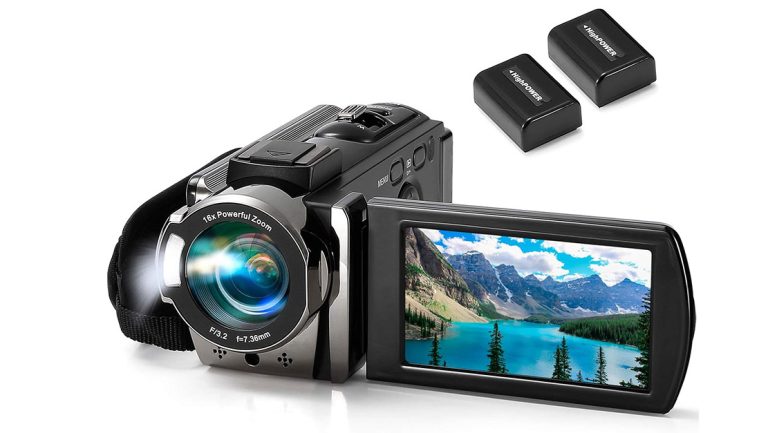
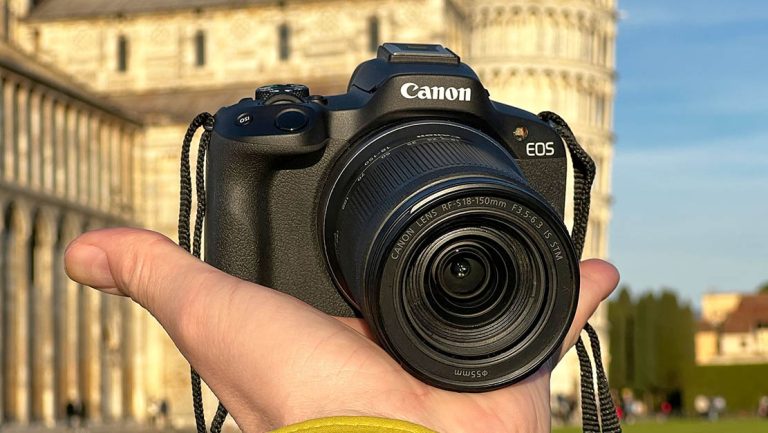
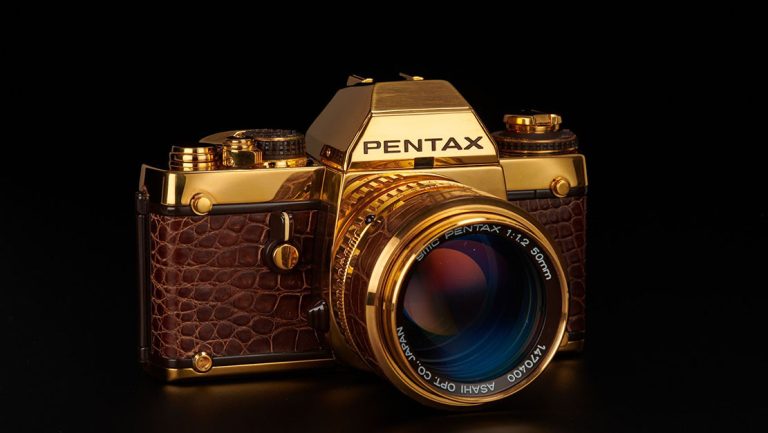

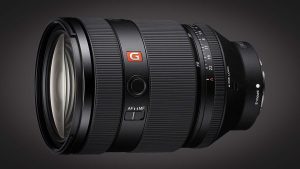
+ There are no comments
Add yours